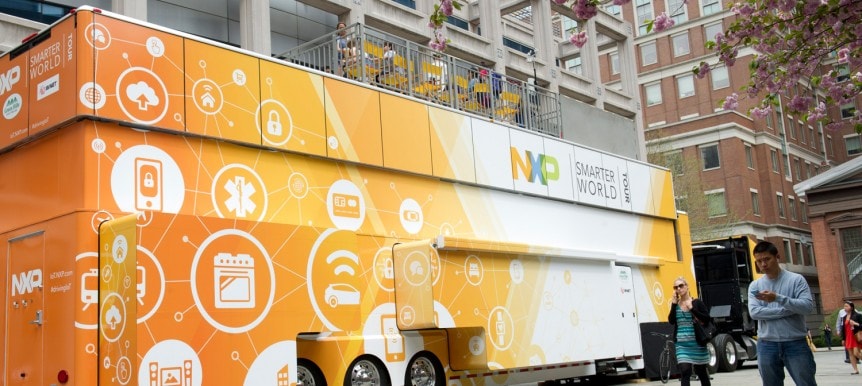A 5G Summit Grows in Brooklyn

A couple of weeks ago, I had the opportunity to attend the Brooklyn 5G Summit 2016 at NYU Tandon School of Engineering. The invitation-only summit was organized by NYU WIRELESS and Nokia. Global industry leaders in wireless, automotive, healthcare, academia, and government discussed and revealed the latest advancements toward making 5G a reality. Among notable announcements made during the summit:
* Researcher Theodore Rappaport announced that New York University is making its channel model simulator and measurement data free and open to all—potentially short-circuiting years of millimeter-wave (mm-wave) development time for companies hoping to vastly increase the transfer of data through the air. The simulation software allows researchers to understand the behavior and capabilities of the mm-wave radio spectrum.
* National Instruments (NI) announced a software-defined radio (SDR) for the mm-wave spectrum to help speed 5G research. The mmWave Transceiver System is a modular system with 2 GHz of real-time bandwidth covering spectrum in the E-band (71-76 GHz). It can be configured for single-input single-output (SISO) and multiple-input multiple-output (MIMO) (Fig. 1). Combined with LabVIEW software, this hardware can be reconfigured to service the continually growing demands of cutting-edge wireless research. The mmWave radio heads are also modular and can be replaced with other RF front ends to investigate multiple different frequencies with the same base set of hardware and software. This aspect promises to save engineering design time while providing maximum system reuse.

 2025 Brooklyn 6G Summit — November 5-7
2025 Brooklyn 6G Summit — November 5-7 Sundeep Rangan & Team Receive NTIA Award
Sundeep Rangan & Team Receive NTIA Award 2025 Open House
2025 Open House








